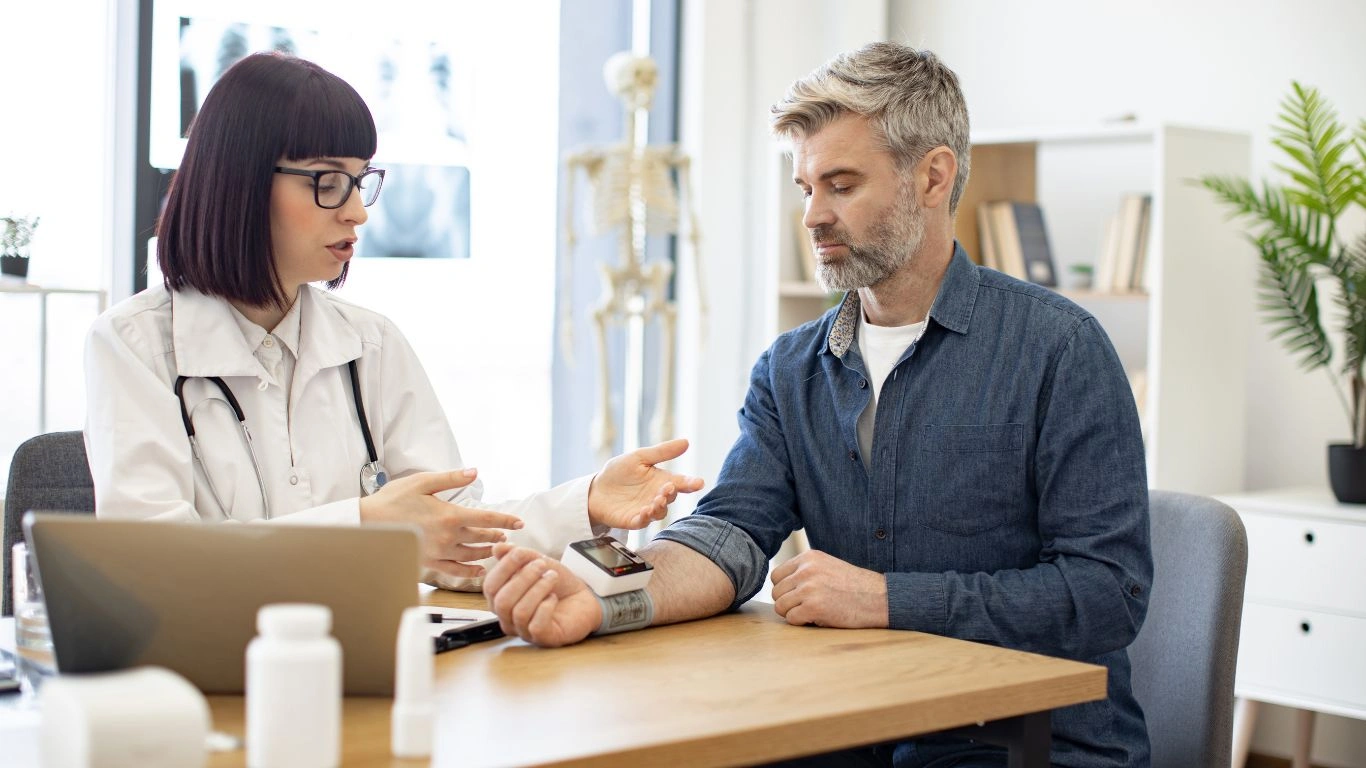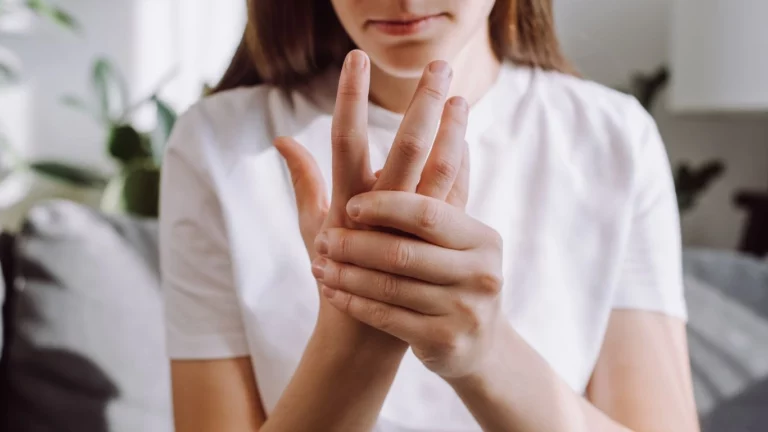How to Travel with a Blood Pressure Condition Safely and Stress-Free
Let’s be real—traveling is already a bit of a circus. Between packing, security lines, delayed flights, and questionable airplane food, it’s easy to get stressed. Now add a chronic condition like high blood pressure to the mix? That’s a whole new level of planning. As an internal medicine physician who’s spent years helping patients manage hypertension, I’ve had countless conversations in clinic rooms that start with: “Doc, is it even safe for me to fly with my blood pressure?” If that’s your question too, you’re not alone. In this article, I’m going to walk you through how to travel with a blood pressure condition—practically, safely, and without turning your vacation into a source of anxiety.
Travel and Blood Pressure: What You Should Know First
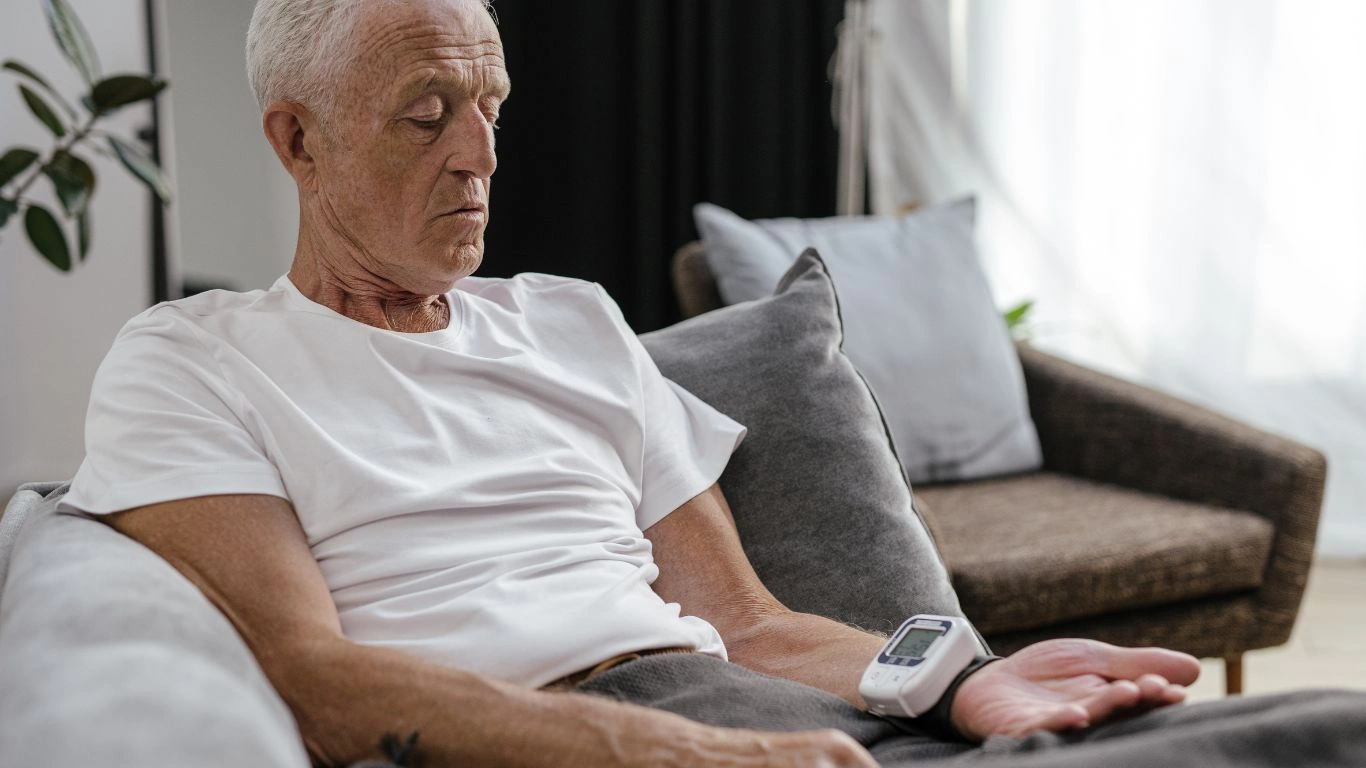
If you’ve ever had your BP spike while running through an airport or felt dizzy after landing, you’re already aware that travel affects your blood pressure. The culprits? Dehydration, altitude, lack of sleep, salty foods, and just plain stress. Even a simple road trip can mess with your routine and trigger fluctuations.
Now, that doesn’t mean you should cancel your plans. It just means we need to be smart about preparation. I’ve had patients with stage 2 hypertension travel to high altitudes in Peru and come back perfectly fine. The key was planning and monitoring.
How Does Travel Impact Hypertension?
There are a few ways travel can throw off your BP numbers:
- Jet lag disrupts your circadian rhythm, which plays a role in blood pressure regulation.
- Inactivity on long flights or drives increases your risk for clots and can elevate BP temporarily.
- High-sodium convenience foods are everywhere—airplane snacks, fast food on road trips, even hotel breakfasts.
- Missed medications from poor planning or time zone confusion can lead to spikes or dangerous drops.
I remember one of my long-time patients calling me from a layover in Amsterdam, panicked because he left his medication pouch in his checked luggage. Let’s just say: lesson learned. Always carry your meds in your carry-on!
Planning Ahead: Your Pre-Travel Hypertension Checklist

1. Schedule a Pre-Trip Visit
This isn’t just about getting a “yes” or “no” from your doctor. A travel consultation allows us to assess your current BP control, update medications, refill prescriptions, and even provide notes for airport security if needed. I often give my patients a written summary of their condition and treatment plan—just in case they need to seek medical help abroad.
2. Bring a Travel BP Monitor
If you don’t already own one, invest in a compact, clinically validated blood pressure monitor. I prefer wrist models for portability, but upper arm ones tend to be more accurate. Check your readings at least once a day while traveling, preferably in the morning before caffeine or activity.
3. Organize Medications Like a Pro
Here’s a simple system that works:
- Pack a full set of meds in your carry-on. Include an extra 3–5 days’ supply just in case of delays.
- Use a labeled pill organizer for daily doses.
- Keep original prescription bottles or printouts of your prescriptions—especially if you’re flying internationally.
And please—don’t pack medications in checked luggage. I’ve seen more travel disasters start that way than I can count.
On the Road (or in the Air): Keeping BP in Check Mid-Trip
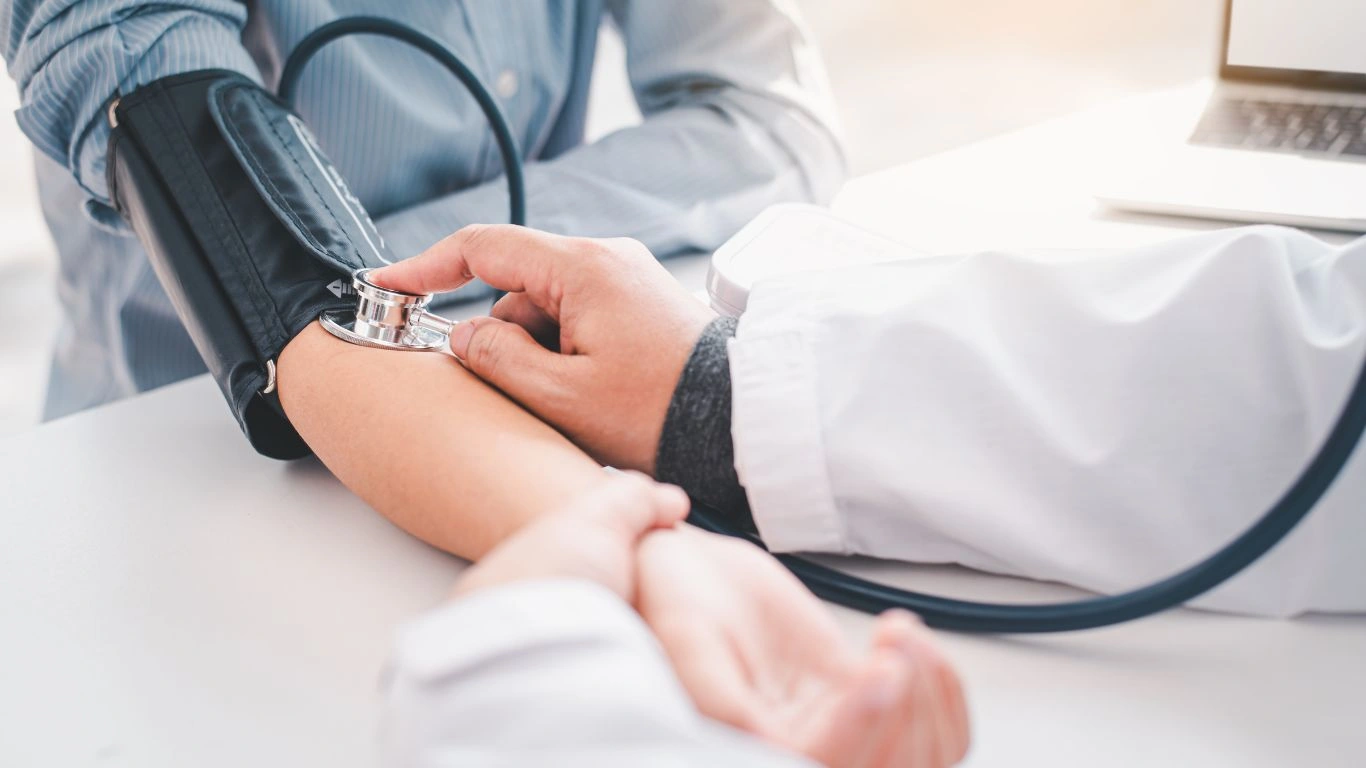
Hydrate Like It’s Your Job
Cabin air on planes is drier than the Sahara, and even road trips can lead to dehydration if you’re avoiding restroom stops. Dehydration thickens your blood, which can raise BP and increase the risk of clots. Keep a refillable water bottle with you and sip consistently. Limit alcohol and caffeinated beverages, which can make dehydration worse.
Move Every 1–2 Hours
On long flights or drives, try to stand, stretch, or walk a few steps every 60–90 minutes. I often suggest my patients do simple seated leg stretches or ankle rolls while flying. It’s not glamorous, but your blood vessels will thank you.
Watch the Salt
This one’s a sneaky saboteur. Airline food, gas station snacks, even restaurant meals often pack a hidden sodium punch. Look for low-sodium options, bring your own snacks (like unsalted almonds, fruit, or homemade sandwiches), and read labels when you can. Trust me, your systolic will stay happier.
Stick to Your Routine (As Much As You Can)
Your body thrives on consistency. Try to wake, sleep, and take your meds around the same times you would at home. I usually advise using your phone’s alarm or a medication reminder app to avoid any timing mishaps, especially if you’ve crossed time zones.
Know When to Get Help
If you feel dizzy, get chest pain, severe headaches, or visual changes—don’t wait it out. Seek medical attention immediately. A lot of cities have urgent care centers or English-speaking clinics if you’re abroad. It’s better to be safe than sorry.
Managing Time Zones and Medications Without the Headache
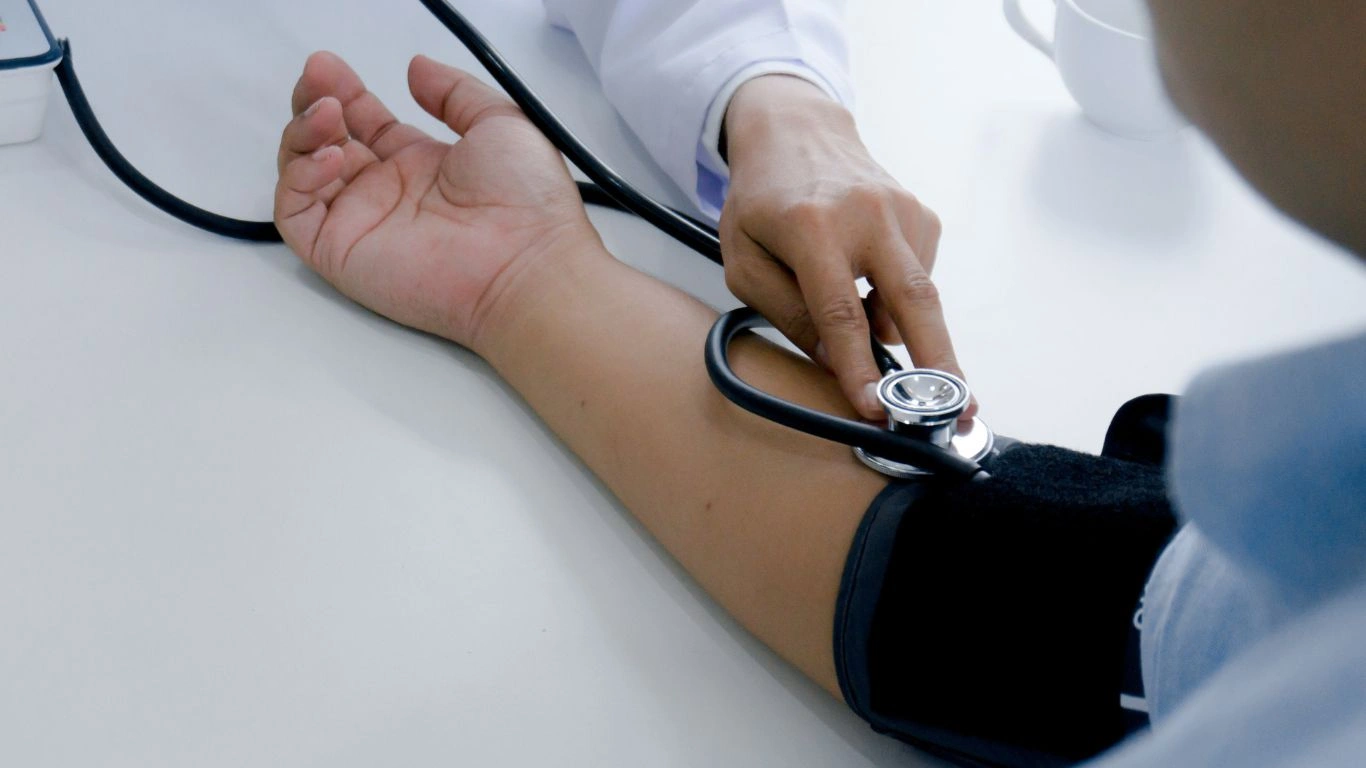
One of the most common questions I get from my patients is: “What do I do with my meds when I cross time zones?” Totally fair question—and it trips people up more often than you’d think. I once had a patient who skipped a dose entirely because she wasn’t sure whether to “convert it to local time.” The result? A spike in her blood pressure that left her feeling awful for the first two days of her trip.
The trick is simple: stick to your home time zone on day one, then gradually shift to local time if your trip lasts more than a couple of days. For short trips, it’s perfectly okay to keep taking your meds at your usual home-time hours—even if that means setting an alarm to take them at 2 a.m. in Paris. I’ve done that myself during conferences abroad. It’s not glamorous, but it works.
If you’re unsure how to adjust specific medications (especially if you take more than one type or have multiple dosing times), reach out to your physician before traveling. I help patients map out a travel-adjusted med schedule all the time—it only takes a few minutes, and it can save a lot of confusion later.
How to Travel with a Blood Pressure Condition During High-Altitude or Adventure Trips

Let’s talk altitude. I’m a big fan of mountain views and crisp air, but as someone managing patients with hypertension, I’m well aware that high elevations can mess with blood pressure. The air gets thinner, oxygen levels drop, and your cardiovascular system has to work harder—which can mean elevated readings or symptoms like shortness of breath, lightheadedness, or even palpitations.
If you’re heading somewhere above 6,000–7,000 feet (think Colorado, Peru, or even some parts of the Alps), here’s what I recommend:
- Take it slow. Give your body time to adjust. Spend a day or two at mid-altitude before ascending higher, if possible.
- Monitor more frequently. Bring that BP monitor and use it at least twice a day—especially in the mornings and evenings.
- Stay super hydrated. You’ll lose fluids more quickly at high altitudes, and dehydration is a sneaky cause of increased BP.
- Watch for symptoms. Headaches, blurred vision, or chest tightness aren’t things to brush off—get checked out ASAP.
I had a patient who hiked Machu Picchu while on beta blockers. We planned it months in advance, adjusted dosages with input from her cardiologist, and added a diuretic for the altitude. She made it through beautifully—and with BP readings that stayed in the 120s/70s. So yes, you can still enjoy high places—you just need to plan ahead and listen to your body.
What About Cruises, Long Bus Rides, or Trains?
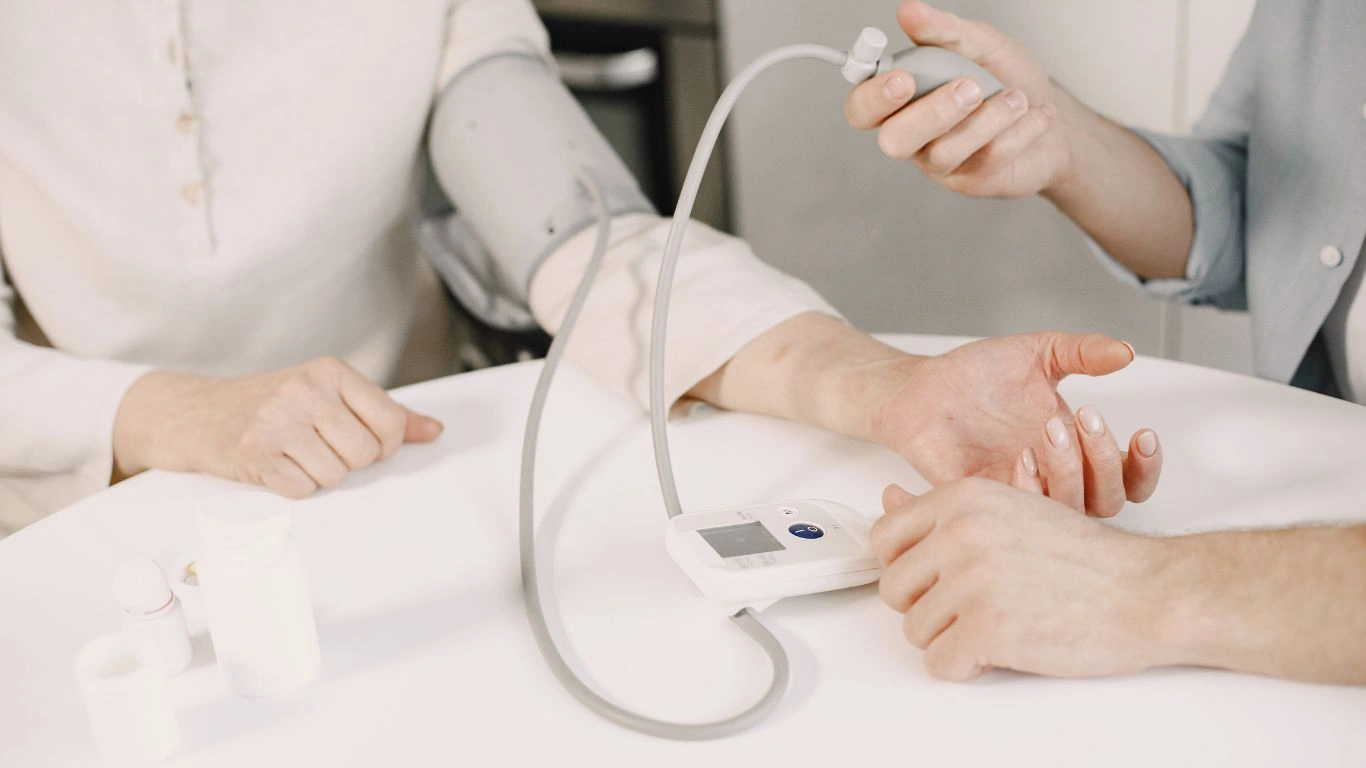
Traveling by sea or land brings its own set of quirks when it comes to managing blood pressure. Let’s start with cruises. I actually love recommending cruises to some of my older patients with hypertension because there’s usually good access to medical care on board, food is predictable, and you don’t have to deal with the chaos of air travel.
But cruise buffets? Whole different story.
Salt is hiding in everything: sauces, dressings, even that innocent-looking soup. I always tell my patients to stick with grilled proteins, fresh veggies, and fruit as much as possible. And stay active! Walk the decks, take stairs when you can, or try one of the ship’s low-impact fitness classes. Movement keeps your blood circulating and your BP more stable.
Tips for Long Bus or Train Rides:
- Stand up and move around every hour or so if the ride allows.
- Pack your own low-sodium snacks. Roasted chickpeas, low-salt trail mix, or even a banana can keep you energized without spiking your pressure.
- Wear compression socks to reduce swelling and improve circulation.
- Keep meds and water easily accessible. You don’t want to go digging through a suitcase when you need your medication.
I once had a patient on a 14-hour train ride through Europe who packed a simple daypack with all the essentials—meds, monitor, snacks, water, and wet wipes. She told me later it was the best decision she made and helped her feel in control the whole way through.
Staying Calm: Stress and Blood Pressure While Traveling
Stress is the elephant in the room when we talk about how to travel with a blood pressure condition. Even when everything goes right, just being outside your usual environment can trigger anxiety. And anxiety—yep, you guessed it—can spike your BP faster than a salty pretzel.
Here’s what I often recommend (and practice myself):
- Deep breathing or box breathing. Inhale 4 seconds, hold 4, exhale 4, hold 4. Repeat 3–4 times whenever you feel tense.
- Use calming music or podcasts—especially helpful during flights or layovers.
- Give yourself buffer time. Don’t cut it close at airports or on tour schedules. Rushing equals stress, and stress equals higher BP.
- Accept imperfection. Delays happen. Plans shift. Focus on what’s within your control—hydration, movement, meds—and let go of the rest.
I’ll never forget a patient who missed a connecting flight and ended up meditating in an airport chapel for 20 minutes while waiting for the next one. She told me later it was her “BP-saving grace.” I loved that. Sometimes peace comes in unexpected places.
How to Travel with a Blood Pressure Condition: Real-World Lessons from My Patients

Sometimes the best advice doesn’t come from textbooks—it comes from lived experience. I’ve been fortunate to follow hundreds of patients who’ve traveled with hypertension, from weekend getaways to cross-continental adventures. Their stories often echo the same themes: prep makes the difference, flexibility helps, and when you listen to your body, it usually tells you what it needs.
One of my favorite stories comes from a woman in her 60s who’d just started a calcium channel blocker. She was nervous about her trip to Morocco—heat, long flights, different foods—but we walked through everything together, from med timing to what to say at customs. She returned two weeks later with souvenirs in one hand and her BP log in the other. Her average was 128/76 the entire trip. She said her secret was “walking everywhere and never skipping water.” Sometimes it really is the simple stuff.
Lessons Learned from My Clinic to Your Travel Bag:
- Write down your BP numbers. A quick daily log can help you spot trends and know when to act.
- Don’t overpack your schedule. Build in downtime, especially if you’re crossing time zones or in high-heat regions.
- Learn key phrases in the local language. Knowing how to say “I have high blood pressure” or “Where is the pharmacy?” can be a game-changer.
- Make room for joy. Travel is good for the soul—and believe it or not, emotional wellness plays a role in blood pressure regulation.
What to Pack When You Travel with Hypertension
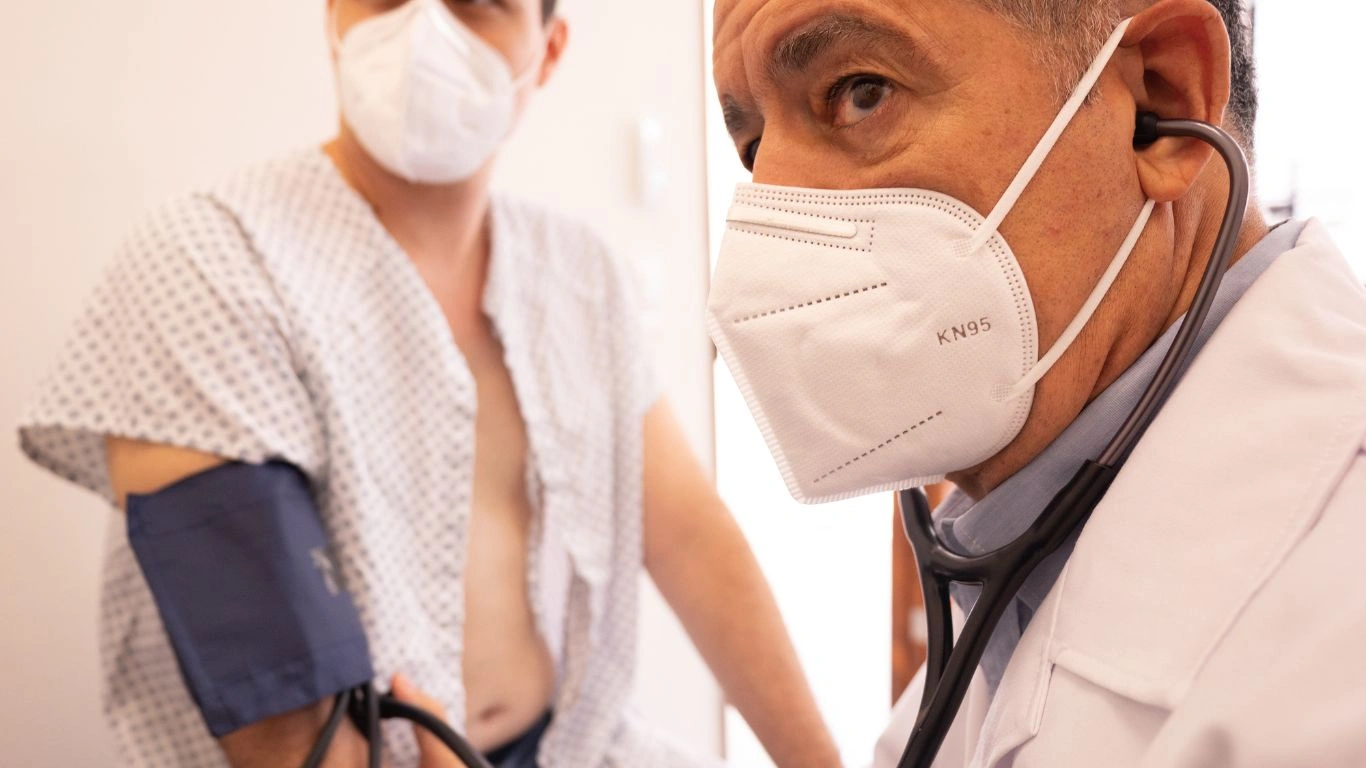
If I could give every hypertensive traveler a care kit, this would be it. And yes, I travel with most of these things myself when I’m on the move!
Hypertension Travel Essentials:
- Portable BP monitor (preferably upper arm, validated)
- All medications (plus 3–5 days extra, separated between bags)
- Prescription list (generic and brand names, dosage)
- Low-sodium snacks (unsalted nuts, whole-grain crackers, dried fruit without added sugar)
- Hydration bottle (insulated if you’re heading somewhere hot)
- Compression socks (for long flights, buses, or trains)
- Travel insurance info and a card that lists your condition in case of emergencies
Honestly, these few items can turn a stressful trip into a smooth one. And if you ever find yourself unsure what to bring, just reach out to your primary care doc. We’d much rather help you prep than treat a crisis after the fact.
Digital Tools to Keep Your Blood Pressure in Check on the Go
Welcome to the age of smartphones! Whether you’re tech-savvy or not, there are a few apps and gadgets that can make managing hypertension while traveling much easier:
- BP tracking apps: Look for ones that sync with your monitor or allow manual entry. Some even generate graphs to spot trends.
- Pill reminder apps: Set alarms based on local or home time zones, depending on your med plan.
- Telehealth access: Some providers (like myself) offer travel check-ins through secure platforms. A quick video chat can save you a trip to the ER abroad.
I recently guided a patient through a med adjustment over video while she was in Italy. Her readings had crept up slightly, and after reviewing her log, we made a small tweak. She finished her trip feeling great—and never had to leave her hotel room to get support.
Back Home: What to Do After You Return
So, you made it through your trip—jet lagged maybe, but full of stories and (hopefully) not too many BP spikes. What next? A lot of patients forget this part, but what happens after travel is just as important as the prep.
Post-Travel Check-in Tips:
- Resume your usual routine ASAP. Regular sleep, hydration, activity—it all helps recalibrate your system.
- Monitor your blood pressure for 3–5 days after getting home to make sure you’re stable.
- Book a follow-up if you had any unusual symptoms or missed medications while traveling.
And if you kept a BP log during your travels, bring it in! I love reviewing these with patients. It gives us real insight into how your body reacts under different conditions—and helps guide future plans.
Resources & References
For more information on safe travel with hypertension and general heart health tips, I highly recommend checking out:
- National Institutes of Health (NIH)
- Health.com
- Centers for Disease Control and Prevention (CDC)
- American Heart Association
Disclaimer
This article is intended for educational and informational purposes only and is not a substitute for professional medical advice, diagnosis, or treatment. Always seek the guidance of your physician or qualified health provider with any questions you may have regarding a medical condition or medication plan. If you are experiencing a medical emergency while traveling, seek immediate assistance from local emergency services.

Dr. Gwenna Aazee is a board-certified Internal Medicine Physician with a special focus on hypertension management, chronic disease prevention, and patient education. With years of experience in both clinical practice and medical writing, she’s passionate about turning evidence-based medicine into accessible, actionable advice. Through her work at Healthusias.com, Dr. Aazee empowers readers to take charge of their health with confidence and clarity. Off the clock, she enjoys deep dives into nutrition research, long walks with her rescue pup, and simplifying medical jargon one article at a time.
